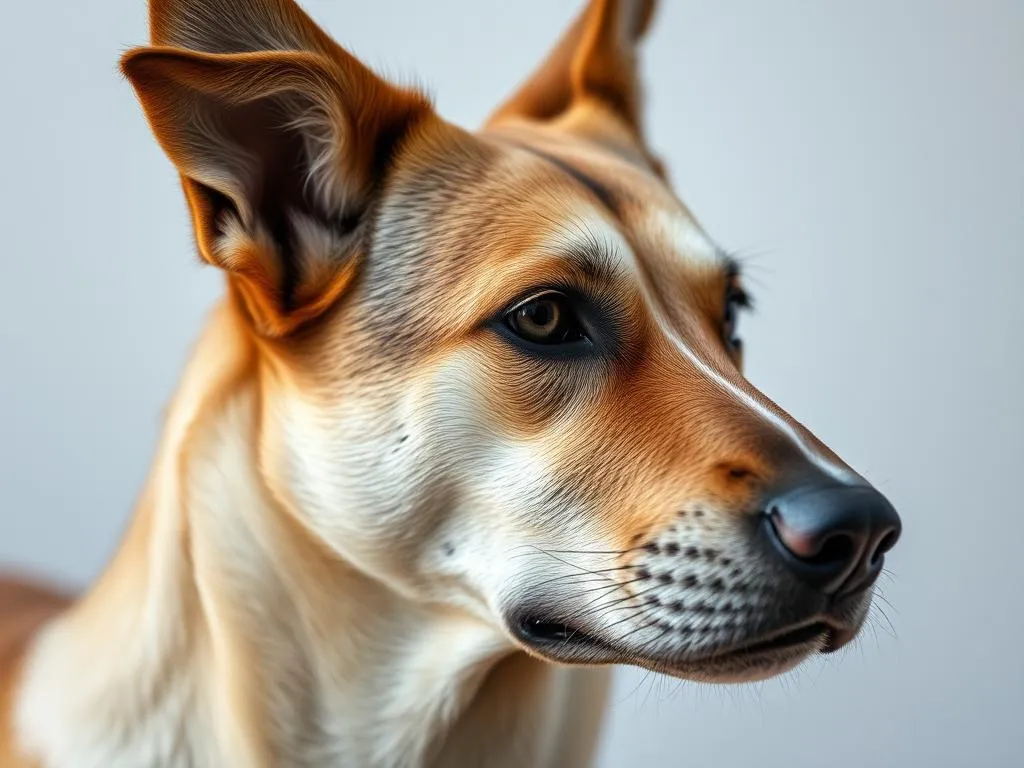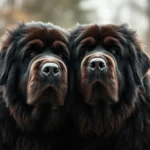
Understanding the terminology related to dogs is essential for pet owners, breeders, and enthusiasts alike. When we refer to male dogs, several specific terms come into play that reflect their roles, characteristics, and even cultural significance. In this article, we will explore the various names for male dogs, delve into their roles in both familial and working contexts, and provide insights into popular breeds, care, and common myths surrounding male dogs.
The Basics of Dog Terminology
General Terms for Dogs
When discussing dogs in general, the term “dog” is typically used to refer to the species as a whole. However, there are classifications based on breed and size that help further specify the type of dog being discussed. Terms like puppy, adult, and senior help describe a dog’s age, while words like toy, medium, and large categorize them by size.
Specific Terms for Male Dogs
While the term “dog” can refer to any canine, specific terms denote male dogs more accurately. The most common term is simply dog. However, in breeding contexts, male dogs are often referred to as studs or sires. A stud is a male dog used for breeding purposes, while a sire is the father of a particular litter. These distinctions are valuable for anyone involved in breeding and understanding canine lineage. Interestingly, regional variations exist; in some cultures, male dogs may be called dogs while female dogs are referred to as bitches.
Understanding Canine Reproductive Terms
Terminology Related to Mating
In breeding, the role of a male dog is paramount. Terms like stud signify a dog that is specifically chosen for breeding due to its desirable traits. These traits can include health, temperament, and physical characteristics. The role of a stud is not merely biological; it is also about passing on desirable qualities to future generations. Male dogs contribute significantly to the genetic diversity and health of the breed.
Canine Parenthood
The term sire is crucial in discussions about pedigree and lineage. It indicates that a male dog has fathered a specific litter, which is essential for tracking bloodlines and ensuring responsible breeding practices. Male dogs, as sires, often carry significant responsibilities, including genetic health considerations and the potential impact on the breed’s future.
The Role of Male Dogs in Human Life
Companionship and Family Roles
Male dogs often occupy a special place within family dynamics. They are seen as loyal companions, and many families choose male dogs for their perceived loyalty and protective instincts. These dogs can form strong bonds with family members, providing both emotional support and companionship. Furthermore, many male dogs are known to be playful and affectionate, contributing positively to the family environment.
Working Roles of Male Dogs
Beyond companionship, male dogs have historically served in various working roles. From service dogs assisting those with disabilities to police dogs employed in law enforcement, male dogs have proven their abilities in diverse capacities. Their keen sense of smell and intelligence make them exceptional candidates for search and rescue missions and other specialized tasks. The historical context of male dogs in human society is rich, with their contributions ranging from hunting partners to protectors.
Popular Male Dog Breeds
Overview of Popular Breeds
When considering a male dog, potential owners often look at popular breeds that suit their lifestyle. Some well-known male dog breeds include:
- Labrador Retriever: Known for their friendly demeanor and intelligence, Labradors are versatile companions.
- German Shepherd: Renowned for their loyalty and courage, these dogs excel in working roles.
- Golden Retriever: Affectionate and friendly, they are great family pets and service dogs.
- Beagle: Known for their curious nature and excellent sense of smell, Beagles are friendly and playful.
- Bulldog: With their unique appearance and gentle temperament, Bulldogs are excellent family companions.
Breed-Specific Characteristics
Each breed comes with unique characteristics that potential owners should consider:
- Size: Larger breeds like German Shepherds require more space and exercise, while smaller breeds like Beagles can adapt to smaller living conditions.
- Temperament: Some male dogs are more energetic and playful, while others may be calm and laid-back. Understanding these traits is essential for matching a dog to the right family.
- Grooming Needs: Certain breeds require regular grooming, while others are low-maintenance. For instance, a Golden Retriever needs regular brushing due to its long coat, while a Bulldog has minimal grooming needs.
Caring for Male Dogs
Health Considerations
Male dogs do face specific health considerations that owners should be aware of. Common issues include:
- Prostate Problems: As male dogs age, they can develop prostate issues that may require veterinary attention.
- Obesity: Male dogs, especially neutered ones, may be prone to weight gain, making regular exercise and a balanced diet crucial.
- Reproductive Health: Understanding the implications of breeding and neutering can impact a male dog’s health and behavior.
Regular veterinary check-ups and vaccinations are vital to maintaining your male dog’s health. Preventative care can help detect issues early and ensure a long, healthy life.
Training and Behavior
Training male dogs can present unique challenges and opportunities. Here are some tips for effective training:
- Consistency is Key: Establishing a routine and sticking to it helps male dogs learn commands and expectations.
- Positive Reinforcement: Rewarding good behavior with treats or praise encourages male dogs to repeat those behaviors.
- Addressing Behavioral Issues: Male dogs may exhibit behaviors like marking territory or aggression. Early intervention, socialization, and professional training can help mitigate these issues.
Myths and Misconceptions About Male Dogs
Common Myths
Several myths persist regarding male dogs. One common stereotype is that male dogs are more aggressive than females. This notion often stems from misconceptions about their behavior and temperament. In reality, aggression is more closely related to the individual dog’s upbringing, socialization, and training rather than gender.
Facts vs. Fiction
Understanding the facts surrounding male dogs is crucial for responsible pet ownership. For example, the belief that all male dogs should be bred is misleading. Many male dogs are excellent companions without being bred, and responsible pet ownership includes options like neutering to prevent unwanted litters and health issues.
Education plays a vital role in dispelling these myths, allowing potential dog owners to make informed decisions about their pets.
Conclusion
In summary, understanding what male dogs are called and the terminology associated with them is vital for both new and experienced dog owners. From the basic terms used to describe male dogs to their roles in human society and the importance of responsible care and training, this knowledge enhances the experience of owning a male dog. Recognizing the unique needs and characteristics of male dogs can lead to a more fulfilling relationship between humans and their canine companions.









